
Four decades have passed since the first Magnavox Odyssey game console excited the world of entertainment electronics. Not surprisingly, in such a diverse history of development of game consoles there were also those who did not enter the market, but remained only in the plans. 10 of these game consoles forever remained only lost equipment, never decorated store shelves. This article is an adaptive translation, supplemented by interesting facts in our opinion.
1. Sega Neptune (1994)
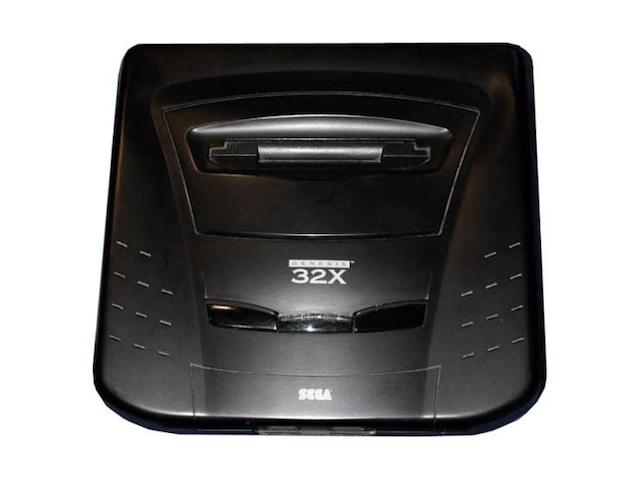
In the mid-1990s, the Sega product line seemed to be experiencing a “multiple personality disorder.” Only such a diagnosis can justify the fact that by 1995 the company had developed eight incompatible gaming platforms: Genesis, Sega CD, 32X, 32X CD, Game Gear, Pico, Saturn, Master System. The company presented a 16-bit CDX game console (combined from the Mega Drive / Genesis console and the Sega Mega-CD plug-in) and Nomad; among other things, was proposed by Sega Neptune.
Neptune was designed to simplify its product line by combining Genesis and 32X (addition to the Sega Mega Drive game console) into one device. But, about a miracle, sanity returned to the company and all forces were concentrated on the new flagship console Sega Saturn (1994). As a result, Neptune never entered the market.
2. VAS company Ultravision (1982)
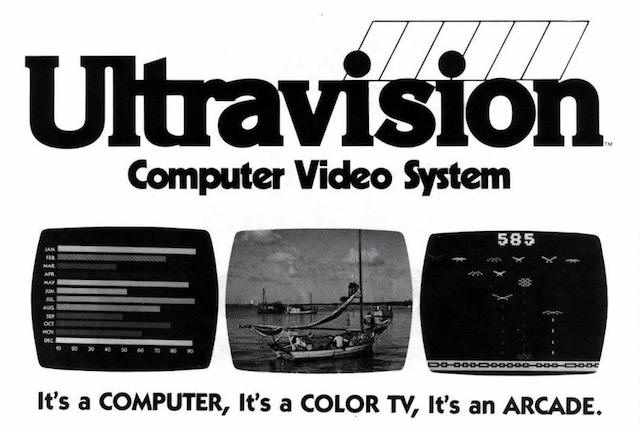
In 1982, a small American company Ultravision, based in Miami, in the November issue of Electronic Games magazine announced its development that would be a real stir in the gaming world, an ambitious 3 in 1 system - a game console, a color 10-inch TV (84 channels with UHF / VHF) and a powerful home computer.
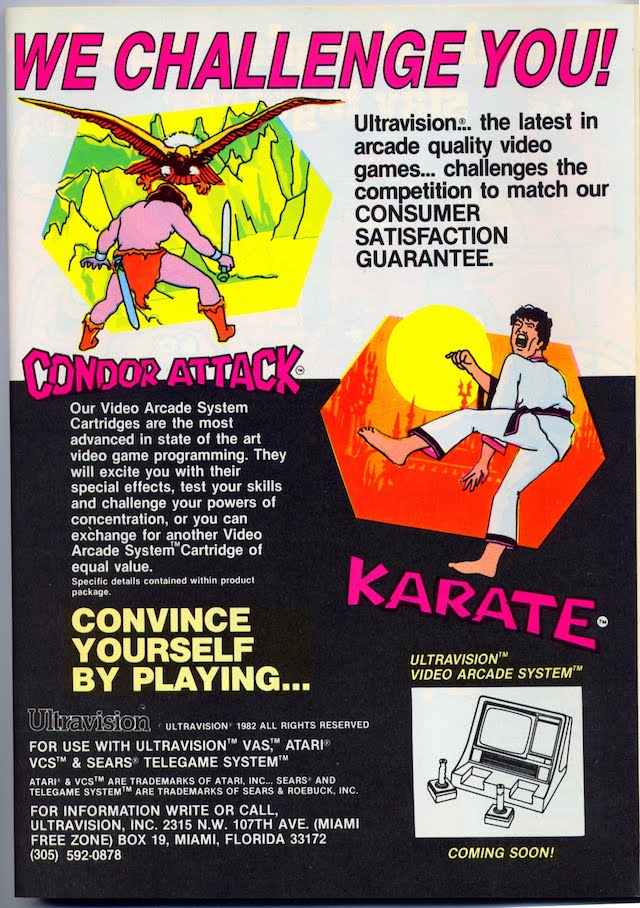
A prototype of the new Ultravision (VAS) gaming system with a futuristic design and built-in monitor intrigued and attracted the public. Ultravision was on the way to creating the first multimedia gaming system. In addition to everything to the gaming system, there were 2 16-way joysticks (there were fire control buttons on the joystick on top), a double stereo headphone jack. The system due to the presence of an integrated monitor could serve as a video surveillance system. An additional keyboard module allowed to communicate with a computer in the Microsoft Basic programming language, 64 KB of RAM. Such advantages were attractive, but gamers still remained the target audience.

Ultravision's VAS was supposed to have software, better graphics than other gaming systems from leading companies. To be competitive and to get their market share would allow two software modules (which the user would buy additionally) for compatibility with the Atari 2600 and ColecoVision. In the summer of 1983, the Ultravision Video Arcade System sank into oblivion, and was not realized, it was reported that the company simply simply did not have enough money to complete this advanced multimedia project.
3. Atari Jaguar Duo (1995)
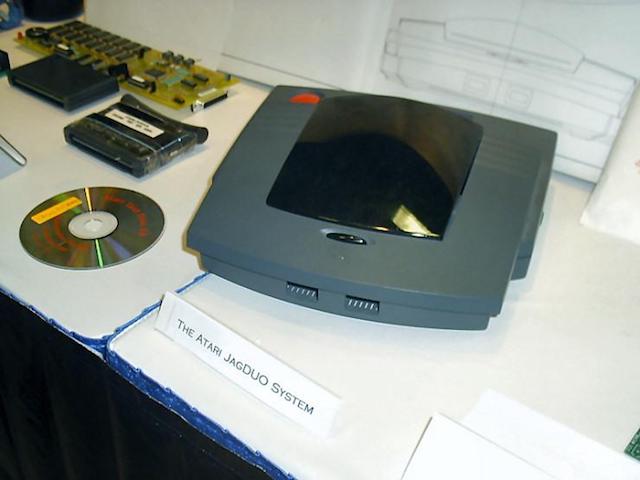
Jaguar Duo, like Neptune, was an attempt to combine a basic gaming console and an additional device. In the same Duo case, the Atari Jaguar (1994) game console and CD-ROM, it was supposed to compete with Sony PlayStation and Sega Saturn, but it did not.
4. Konix Multisystem (1989)
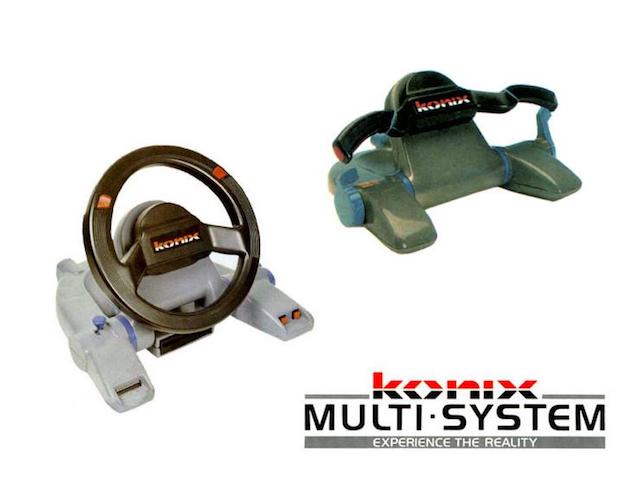

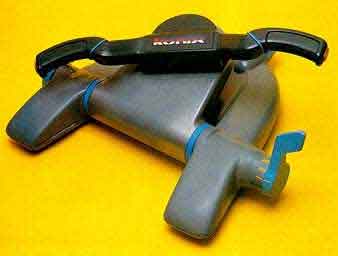
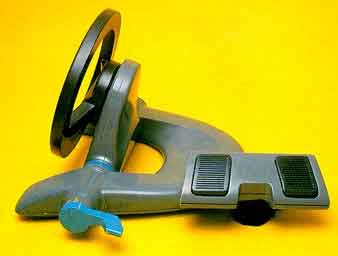
The Konix multisystem gaming console, also known as Konix slipstream, was a joint development of two British companies - Flare Technology and Konix. Already in 1988, Konix was widely known, its game joysticks were popular. Flare Technology was founded by three ex-engineers from Sinclair Research Ltd (a British company manufacturing various electronic devices for home use). They wanted to translate into reality their project Loki "Super Spectrum", on which they worked on their former work at Sinclair.
The manufacturers of Konix joysticks, with no experience in creating slot machines, wanted to take a chance and realize their concept of an interactive gaming machine. Pretty nice design of a game controller, imitating a car steering wheel, allowed changing the steering wheel to the handle for the motorcycle and the steering wheel for the aircraft. It remains only to find a company that will turn an incredible joystick into a functional gaming system. At this time, an article about the Flare game system prototype appeared in Ace magazine. A partnership agreement was signed with Flare.
The electronics for Multisystem was based on the revolutionary computer system Flare 1, only improved by replacing the 8-bit Z80 with a 16-bit 8086 (Intel microprocessor). Such a system was supposed to cost 200 pounds; supplements in the form of hydraulic seats, lightweight pistols, and various sensors would be produced. But the system never saw the light. Constant modification of the hull design, the addition of storage devices (such as a floppy disk) delayed the release time, eventually moving away forever. The hype around the expected system was incredible; several such systems were produced, which were successfully demonstrated for promotional purposes in trade shows and in magazine articles. Alas, nothing more. It has been suggested that Konix has simply exhausted all means and therefore it has failed.
5. Magnavox Odyssey 3 (1983)
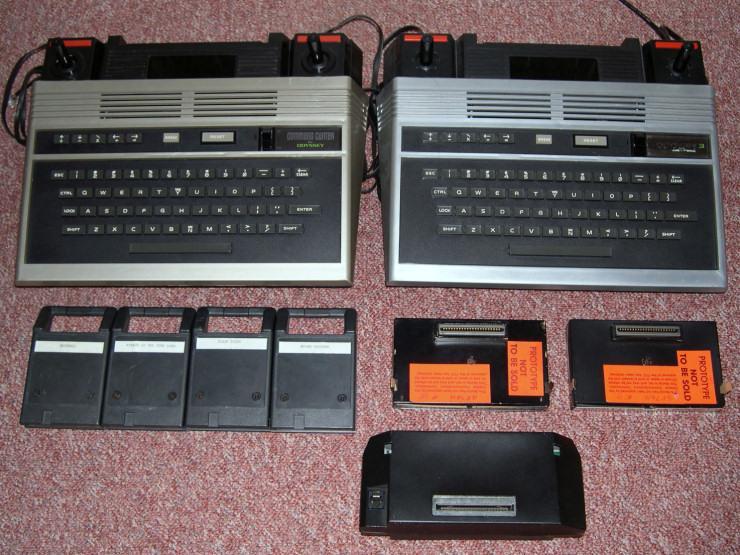
It was expected that Odyssey 3 will be a continuation of the successful console Odyssey 2 of the company Magnavox (1978), but with a number of technological improvements. This would be the Americanized version of the Philips Videopac G7400 (1983). The G7400 was compatible with Odyssey 2 games, with improved graphics for a completely new line of software. When Odyssey 3 was ready to launch, the crisis of the computer games industry in 1983 ruined all bold plans.
6. Atari Cosmos (1981)
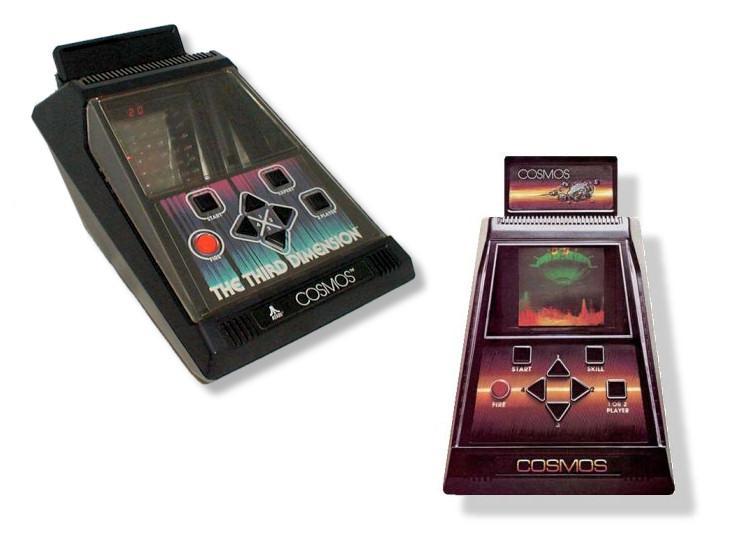
Atari Cosmos is a prototype gaming console that was finished, but at the last minute Atari decided to refuse to launch it. But why?

After all, the advertised LED screen with holographic images of the game console should have blown up the market! But the fact is that the holograms were nothing more than ordinary decorations, the expectation of volumetric graphics remained an expectation, and the LED screen was the scene of the game. It was even developed 8 games for this console.
7. Infinium Labs Phantom (2004)

The history of the Phantom is rather tangled, as is the history of many systems that have not seen the light, implying huge costs and unfulfilled promises. Infinium Labs developed Phantom as a game console for televisions with the ability to download games from the Internet through the Phantom Game Service. For two years, Infinium Labs has invested huge sums in its development (62.7 million US dollars), trying to bring the Phantom to the market. Ultimately, the money ran out. For the short life of the project, two generations of the prototype were released, the second in 2004 with a modern design and fewer input and output ports on the rear panel of the console.


8. Taito WoWoW (1992)
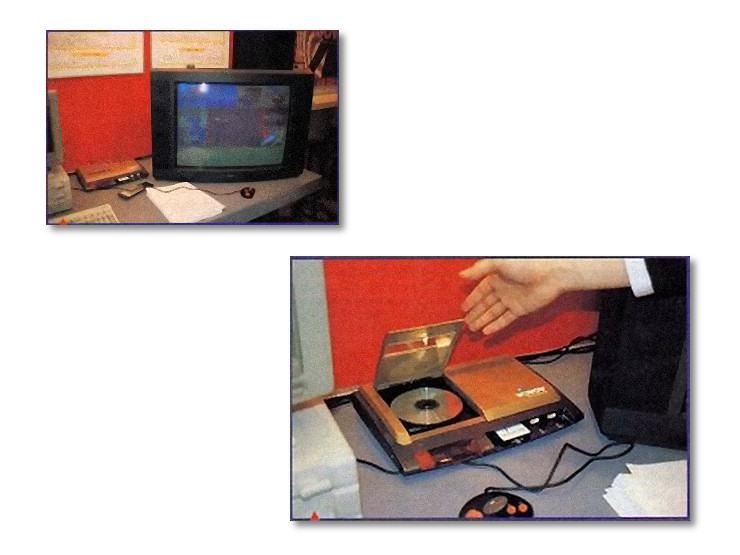
WoWoW is a console for video games, which remained a prototype. The console was jointly developed by Taito, JSB (the owner of the Japanese WoWoW satellite television network) and ASCII (the creators of software). Chip WoWoW game - work on CD, cartridges left behind, the device was equipped with a satellite receiver and games were downloaded by satellite television (JSB with its own satellite and its channel, ASCII was developing satellite data transmission systems). But such data transfer did not differ in speed and would cost a lot of money, units would allow to buy such a prefix.
9. Panasonic M2 (1997)
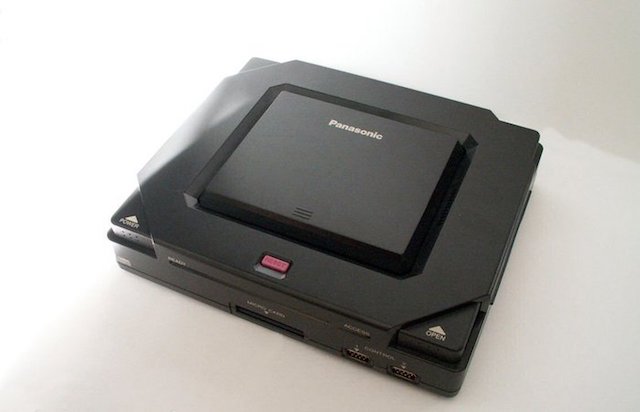
The M2 project (codenamed Bull Dog) from 3DO was supposed to be an enhanced continuation of the successful Interactive Multiplayer console (1993), although it was originally developed as a chip based on the Power PC architecture for the same Interactive Multiplayer platform. At the end of 1995, 3DO sold Matsushita (Panasonic) technology and left the equipment market. The company Matsushita clearly realized that the console will not stand the competition, in 1997 there was a struggle for a place in the sun among the game consoles of Nintendo and Sony. The console never came out to the masses, but the technologies developed for the M2 console were implemented in the FZ-21S and FZ-35S multimedia players.
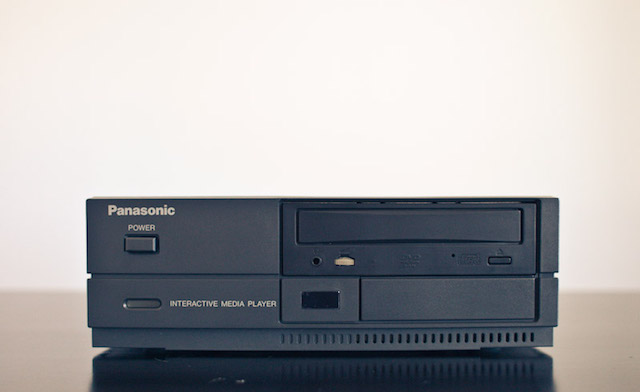
10. Atari Game Brain (1977)
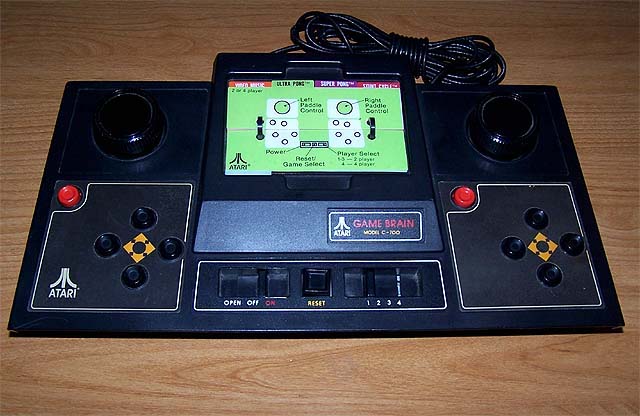
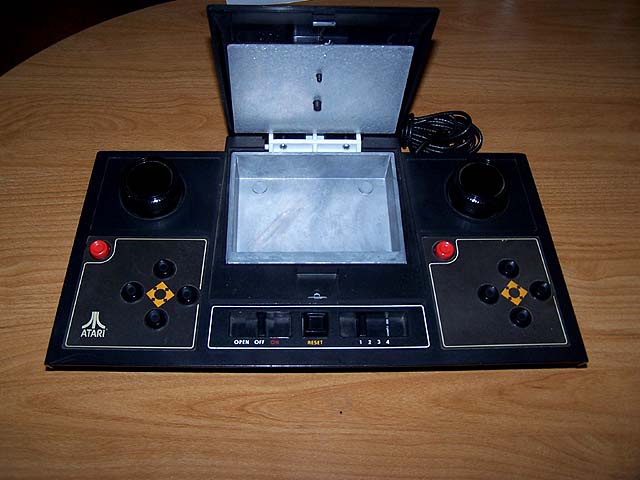
The console was to be released in June 1978, it was possible to play 10 different games on it. An interesting fact is that until 1977, all Atari systems came with stitched games. This development was to be the first set-top box with cartridges in which mathematical powers would be placed. The console is outdated, not yet entering the market, it was decided to throw all efforts on the Atari 2600 project.
 Atari 2600As advertising.
Atari 2600As advertising. These are not just virtual servers! This is a VPS (KVM) with dedicated drives, which can be no worse than dedicated servers, and in most cases - better!
We made VPS (KVM) with dedicated drives in the Netherlands and the USA (configurations from VPS (KVM) - E5-2650v4 (6 Cores) / 10GB DDR4 / 240GB SSD or 4TB HDD / 1Gbps 10TB available at a uniquely low price - from $ 29 / month , options are available with RAID1 and RAID10) , do not miss the chance to place an order for a new type of virtual server, where all resources belong to you, as on a dedicated one, and the price is much lower, with a much more productive hardware!
How to build the infrastructure of the building. class c using servers Dell R730xd E5-2650 v4 worth 9000 euros for a penny? Dell R730xd 2 times cheaper? Only we have
2 x Intel Dodeca-Core Xeon E5-2650v4 128GB DDR4 6x480GB SSD 1Gbps 100 TV from $ 249 in the Netherlands and the USA!